Ask us your question
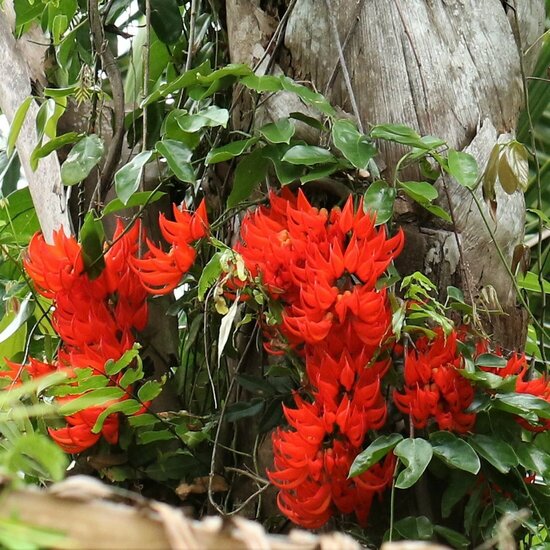
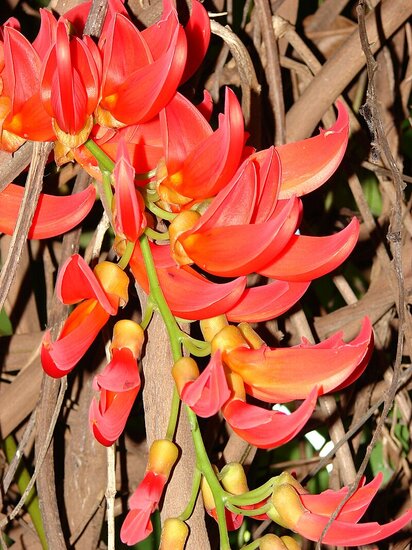
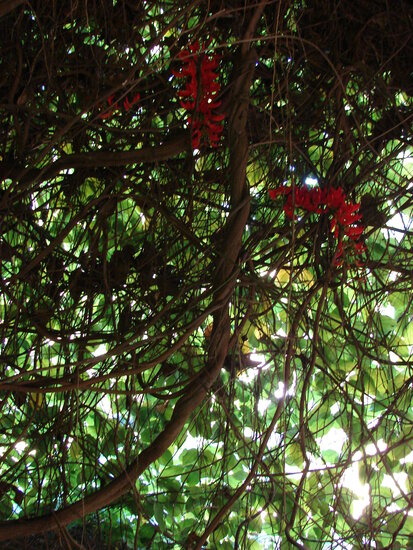
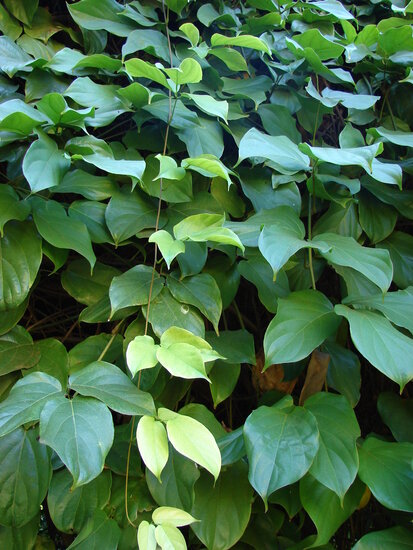
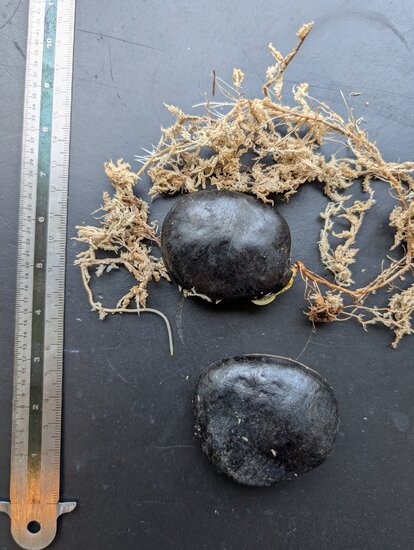





Product description
This rare climbing plant produces a spectacular inflorescence with hanging clusters of bright red flowers. The size of the inflorescence varies, but they are often larger than those of the similar species Mucuna bennettii. They also produce a lot of nectar to attract birds for pollination. The species can be found in the rainforests of Indonesia and Papua New Guinea up to an altitude of about 2000 metres. There the liana can reach a height of 30 metres. The local population harvests the stems to use for things like rope bridges and the sap of the plant is used in ceremonies. This turns red and later black, which means it can also be used as a dye.There are six other red Mucuna species in Indonesia and Papua New Guinea, which means that identification is not always easy. Mucuna novoguineensis is particularly notable for its large seeds of 37-47 mm, while the seeds of other species are much smaller. The species can be kept as a houseplant and can be pruned regularly. Provide a sunny spot and well-drained soil. The fast-growing stems can be guided with strings or a rack.
Sowing instructions: The seed that have already germinated can be sown directly in well-drained soil with organic material. A temperature of 25-30°C is optimal for the initial development. Keep the soil constantly slightly moist.
Product specification
Do you have a question about this product?
Ask us your question
Product specification
Write a review about this product.
Reviews
View all reviews from our customers below
seeds germinated and fast growing . i hope it survives in subtropical country with a mild winter .
The seed arrived in good condition and it started to grow, but suddenly the plant died, most possibly due to over-wet potting medium. I think outside the tropics such an ultra tropical species is too sensitive and it is very difficult to be cultivated indoors, except for in a heated greenhouse.
New seed arrived in excellent condition. Thank you.
Unfortunately the seed arrived in less than optimal conditions, they immediately asked me to keep them updated and if the seed does not recover they told me that they will replace it.
Very kind and professional.
I strongly recommend buying from them



